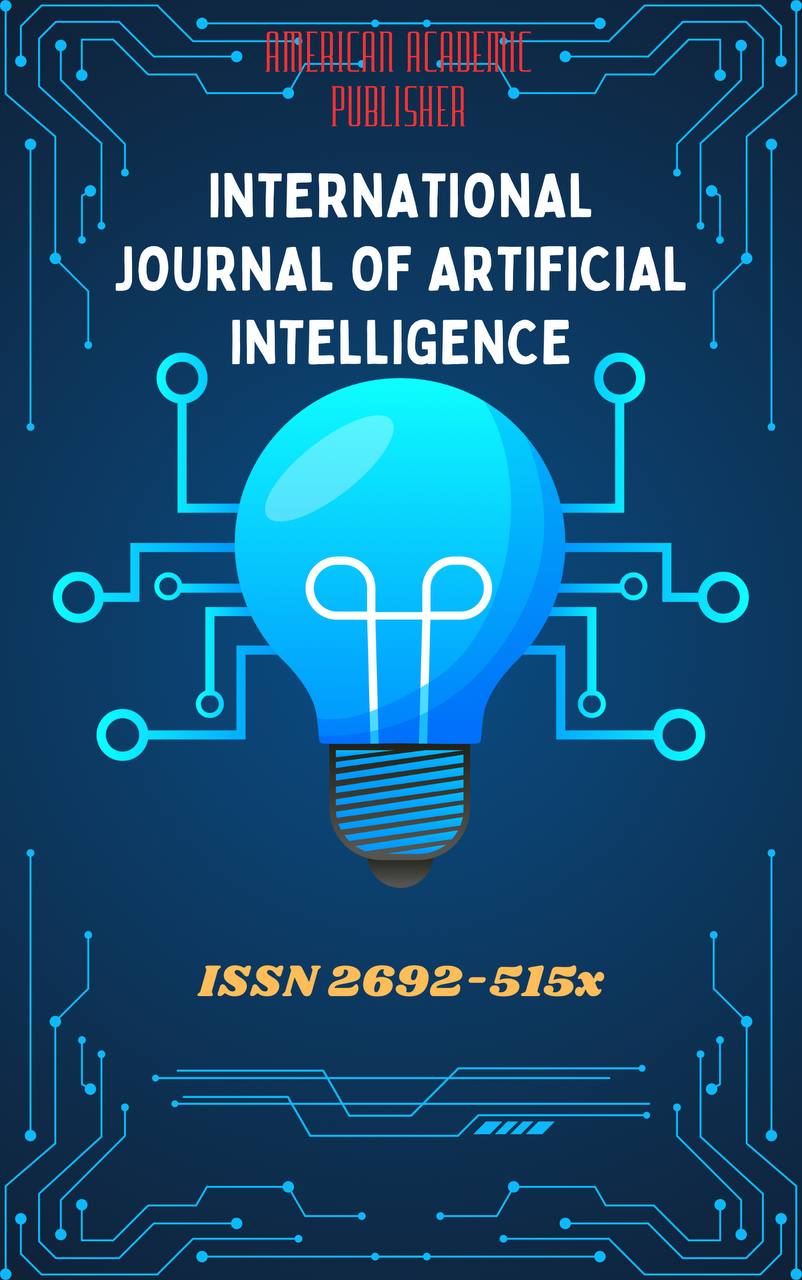 Articles
| Open Access |
Articles
| Open Access | INTEGRATION AND INNOVATIVE METHODS IN TEACHING "HISTORY OF CHEMISTRY": ANALYSIS OF ADVANCED FOREIGN EXPERIENCE
Madaminova Oydina Makhmudjon kizi,Doliyev G‘olibjon Alisherovich , Independent Researcher (PhD).,Doctor of Science (DSc) in Chemistry, Department of Inorganic Chemistry.Abstract
Teaching the history of chemistry today requires more than memorizing names and chronological discoveries. It is increasingly viewed as a tool to stimulate critical thinking, encourage interdisciplinary connections, and strengthen students’ scientific worldview. Recent international practices highlight the use of integration strategies, modern technologies, and innovative teaching techniques that bring historical knowledge closer to contemporary learners. This article explores global approaches to teaching the history of chemistry, focusing on integration across disciplines, the adoption of digital and interactive tools, and the introduction of innovative methods that make the subject both engaging and relevant.
Keywords
history of chemistry, interdisciplinary teaching, innovation in education, digital learning, foreign experience, pedagogy
References
Matthews, M. R. Science Teaching: The Role of History and Philosophy of Science. Routledge, 2015.
Sequeira, M., & Leite, L. "Historical approach in science teaching: A global perspective." Science & Education, 22(1), 2013, pp. 3–24.
Kragh, H. Chemistry and Chemical Technology: From Alchemy to the Atomic Age. Princeton University Press, 2001.
Erduran, S., & Dagher, Z. Reconceptualizing the Nature of Science for Science Education. Springer, 2014.
Gilbert, J. K., & Treagust, D. Multiple Representations in Chemical Education. Springer, 2009.
Kallio, M., & Lähdesmäki, S. "Inquiry-based historical learning in chemistry education." European Journal of Science Education, 36(4), 2014, pp. 523–540.
Conant, J. B. Harvard Case Histories in Experimental Science. Harvard University Press, 2010.
Zemplén, G. Á. "History of chemistry in education: International perspectives." Journal of Chemical Education, 87(3), 2010, pp. 232–238.
Article Statistics
Downloads
Copyright License

This work is licensed under a Creative Commons Attribution 4.0 International License.

